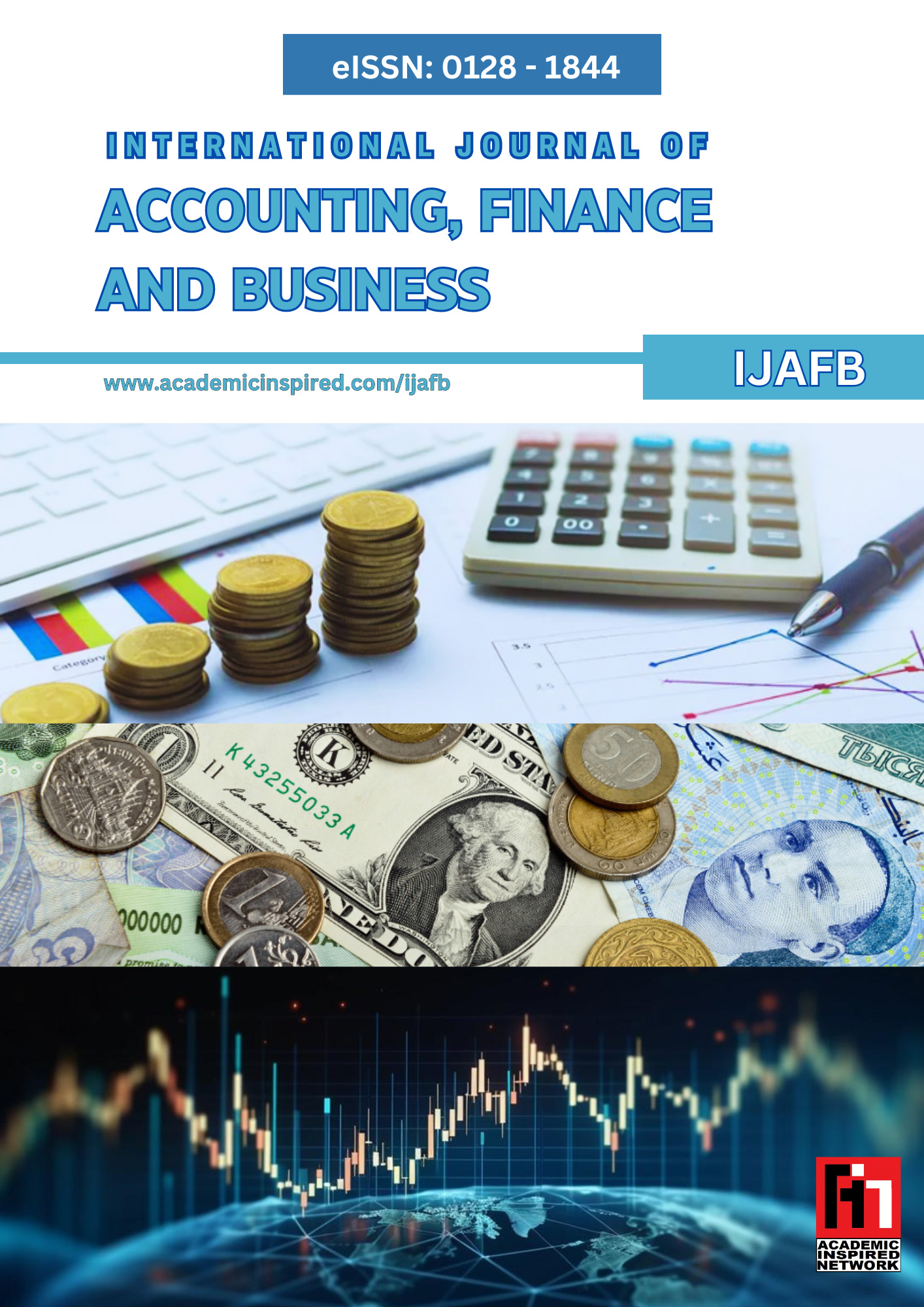Dilemma in Indonesia: How green marketing mix on purchase intentions through E-WOM still relevant in cosmetic industry?
Keywords:
Green Marketing Mix, Online Purchase Intention, Electronic Word of MouthAbstract
The Indonesian government vision to reduce single-use plastic products and packaging by 2030. The growing consumption of green consumerism is significantly needed in raising public awareness about the significance of environmental protection. The Body Shop has been declared bankruptcy in U.S since 1 March 2024 significantly needed to leverage Indonesian market with the sustainable of green marketing campaign. This research has investigated the leverage of the sustainability of the green marketing mix on purchase intentions, mediated by electronic word-of-mouth (e-WOM), for The Body Shop products in the City of Bandung. Researchers used the quantitative method. This study employed a non-probability purposive sampling technique to select 150 participants from the population. The data was obtained online basis and analyzed using Structural Equation Modeling-Partial Least Squares (SEM-PLS) with SmartPLS 4.0 software. The study found that the green marketing mix significantly influences online purchase intentions directly and indirectly through electronic word-of-mouth (e-WOM). The study recommended the sustainability of The Body Shop in Indonesia to be more locally relevant compared to in the other country.













